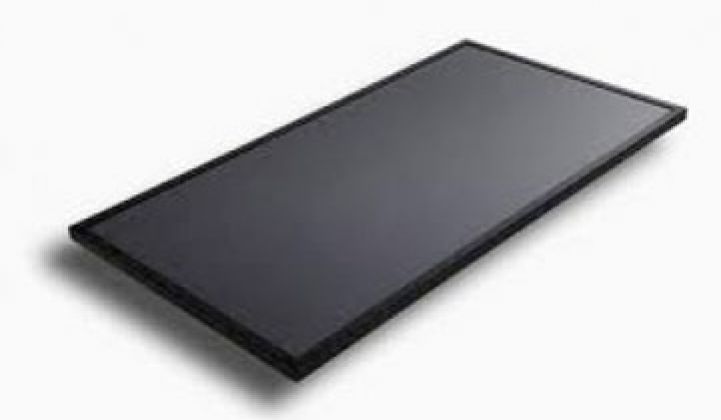Sulfurcell has reported that it has signed deals to sell 16 megawatts of panels to projects in Asia: 10 megawatts worth of panels will go to China and 6 megawatts will end up on commercial roofs in New Delhi.
The German company specializes in copper indium sulfur (CIS) solar panels, which are close cousins to the copper indium gallium selenide (CIGS) solar cells promoted by Miasole, Solopower, Heliovolt and others, as well as the emerging copper tin zinc sulfur selenium (CTZSS) panels under development at IBM and Crystalsol.
CIS vendors claim that swapping sulfur for gallium and selenide will smooth the path toward mass manufacturing. The four active ingredients in CIGS panels are not easy to control, and as a result, many high-profile manufacturers have had to delay production. CIGS only really started shipping commercially last year. These two deals would rank Sulfurcell as one of the largest CIGS manufacturers in the world. CTZSS goes one step further by eliminating Indium, a commodity in tightening supply.
Regardless of the exact formula, proponents of the copper family of solar cells say they will be able to produce panels that cost less than crystalline silicon solar panels and produce more energy than the thin film cadmium telluride solar panels from First Solar. General Electric will soon come out with cad tel panels, as well.
Still, like CIGS vendors, Sulfurcell is ramping up, too. The company, which has raised over $165 million, did not put a time frame on the Chinese deal, and the Indian panels will be shipped by 2012.
The company produces both ordinary panels and building integrated photovoltaics. One of its selling points is the flat black appearance of its panels.



